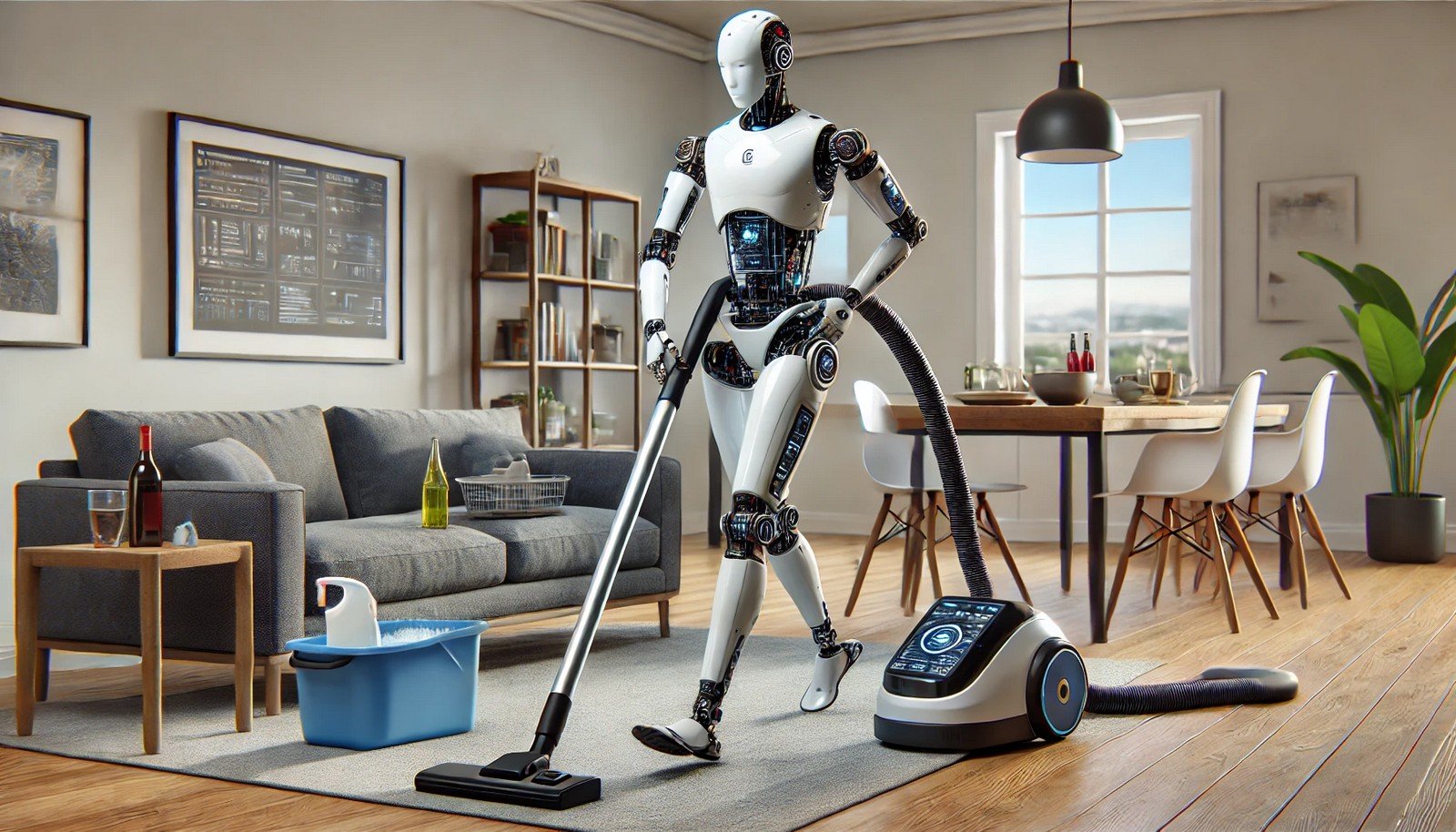MIT’s Faster, Better Way to Train General-Purpose Robots FAQ

(Source: Dall-E)
Quick Navigation:
- What inspired the development of this new robot training technique?
- What challenges exist in training general-purpose robots?
- How does the new technique developed by MIT researchers differ from traditional methods?
- What is the architecture behind this new training method?
- What type of data does the HPT architecture use?
- How does HPT improve robot performance?
- What role does proprioception play in the new model?
- What are the benefits of using HPT for training robots?
- What are some real-world applications of HPT?
- What do experts think about this new approach?
- What challenges remain for the implementation of HPT?
- How does HPT handle tasks that are not present in its pretraining data?
- What future developments do the researchers plan for HPT?
- Who funded this research?
What inspired the development of this new robot training technique?
Researchers were inspired by the training methods used for large language models (LLMs) like GPT-4. These models leverage vast and diverse datasets to pretrain, enabling them to perform well across a wide range of tasks after fine-tuning with minimal task-specific data.
What challenges exist in training general-purpose robots?
Traditionally, robot training involves collecting specific data for each robot and task, which is costly and time-intensive. This method often limits robots' ability to adapt to new environments or unfamiliar tasks.
How does the new technique developed by MIT researchers differ from traditional methods?
The technique pools diverse data sources, aligning them into a shared format that a generative AI model can process. This enables training across various tasks without needing to start from scratch each time, making the process faster and less expensive. A key innovation is HPT's ability to unify multiple data types, including camera images, language instructions, and depth maps, into a shared format for processing.
What is the architecture behind this new training method?
MIT researchers developed an architecture called Heterogeneous Pretrained Transformers (HPT). It uses a transformer model, which can process both vision and proprioception inputs, aligning them into uniform tokens for the model to learn from.
What type of data does the HPT architecture use?
HPT processes data from various modalities, including vision sensors and proprioceptive signals from robotic arm position encoders. The model was pretrained on a massive dataset containing 52 sources with over 200,000 robot trajectories, including human demonstration videos and simulations. This comprehensive dataset enables the model to adapt well to a wide variety of tasks.
How does HPT improve robot performance?
When tested, HPT outperformed traditional training methods by over 20% in both simulated and real-world tasks. The model was effective even when the tasks differed significantly from the pretraining data, showcasing its adaptability and efficiency in learning. This improvement highlights HPT's capacity to generalize across different tasks and scenarios.
What role does proprioception play in the new model?
Proprioception is crucial for enabling complex, dexterous motions. In the HPT architecture, proprioception data is treated with equal importance to vision data, ensuring comprehensive input processing.
What are the benefits of using HPT for training robots?
HPT offers faster and more adaptable training by integrating diverse datasets. It significantly reduces the need for task-specific data collection and enhances the robot’s ability to adapt to various tasks, improving efficiency and scalability. Additionally, this integration reduces both the time and cost associated with robot training.
What are some real-world applications of HPT?
HPT has potential applications in various industries such as manufacturing, logistics, and healthcare, where robots need to adapt to a wide range of tasks and environments without extensive retraining. This adaptability allows for quicker deployment and versatility in real-world operations.
What do experts think about this new approach?
David Held, an associate professor at Carnegie Mellon University’s Robotics Institute, noted that this approach allows training across multiple robot types and diverse datasets, significantly scaling up the training potential and adaptability.
What challenges remain for the implementation of HPT?
While HPT shows great promise, challenges include the need for more diverse data sources and improvements in processing unlabeled data. Ensuring seamless integration across different robot platforms and managing the computational requirements of large-scale training are areas that require further development.
How does HPT handle tasks that are not present in its pretraining data?
HPT's robust architecture allows it to generalize and adapt to new tasks by leveraging its pretraining on diverse data. Even when a task is not directly represented in the training data, HPT can transfer its learned knowledge to perform effectively, showcasing its strong adaptability.
What future developments do the researchers plan for HPT?
The researchers aim to explore how more diverse data can further boost HPT’s performance and enhance its ability to process unlabeled data, similar to LLMs. Their long-term goal is to create a universal “robot brain” that could be downloaded and used without additional training, facilitating seamless integration across different robotic platforms.
Who funded this research?
The work was funded by the Amazon Greater Boston Tech Initiative and the Toyota Research Institute.


Comments powered by CComment